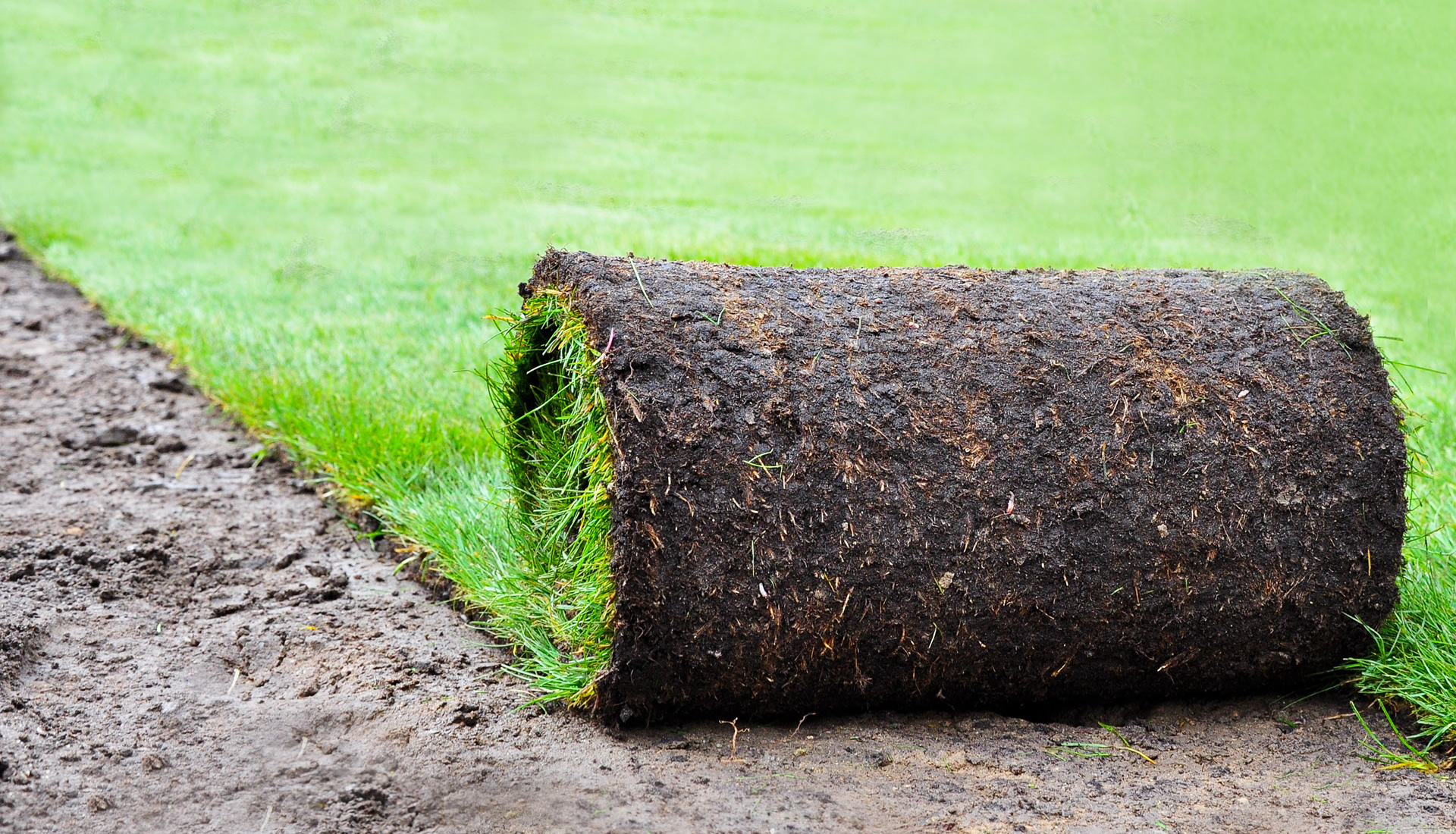Hedge Cutting: Understanding the Basics
Welcome to our comprehensive guide on hedge cutting. A well-maintained hedge can enhance the beauty of any landscape, providing privacy, shelter, and a sense of enclosure. Whether you are a seasoned gardener or a beginner, this article will equip you with the knowledge and expertise to trim and shape your hedges effectively.

Hedge cutting is an essential gardening practice that involves trimming and shaping hedges to maintain their desired size and form. It not only improves the aesthetic appeal of your property but also promotes healthy growth. Let’s delve into the basics of hedge cutting.
The Importance of Hedge Cutting
Regular hedge cutting is crucial to ensure the hedge’s longevity and vitality. It encourages new growth, prevents overgrowth, and maintains the desired shape. Moreover, well-maintained hedges act as a barrier against noise pollution and provide a habitat for wildlife.
Best Time to Cut Hedges
Timing is critical when it comes to hedge cutting. The ideal time depends on the type of hedge you have. For deciduous hedges, late winter or early spring, before the new growth begins, is the best time. Evergreen hedges, on the other hand, are best pruned in late spring or early summer.
Tools Needed for Hedge Cutting
To achieve the best results, you’ll need the right tools. Essential Hedge cutting Telford tools include hedge shears, loppers, pruning saw, and protective gear such as gloves and safety glasses.
FAQs About Hedge Cutting Telford
1. Are there any legal restrictions on hedge cutting in Telford?
Yes, there are regulations governing hedge cutting to protect wildlife. In Telford, it is illegal to cut hedges between March and August due to nesting birds. However, there are exceptions to this rule, and you can find more information on the local council’s website.
2. How often should I trim my hedges?
The frequency of hedge cutting depends on the species and growth rate. Typically, hedges should be trimmed two to three times a year. Evergreen hedges may need more frequent trimming to maintain their shape.
3. Can I cut my hedge into intricate designs?
Yes, you can create various hedge art designs. However, intricate designs require precise cutting skills and regular maintenance to retain their shape.
4. What are the signs of an unhealthy hedge?
An unhealthy hedge may exhibit yellowing leaves, wilting, pest infestation, or signs of disease. Timely action, such as pruning affected areas and providing proper care, can help restore its health.
5. How do I choose the right hedge trimmer?
When selecting a hedge trimmer, consider factors like blade length, power source, weight, and handle ergonomics. Electric or cordless trimmers are suitable for smaller hedges, while gas-powered trimmers are more suitable for larger hedges.
6. Can I use hedge trimmings for composting?
Yes, hedge trimmings can be used for composting. Chipping or shredding the trimmings can speed up the composting process and create nutrient-rich compost for your garden.
Conclusion:
Hedge cutting in Telford is both an art and a science, requiring careful planning, expertise, and attention to detail. By following the comprehensive guide we’ve provided, incorporating expert tips, and adhering to safety precautions, you can achieve stunning, well-maintained hedges that will be the envy of the neighborhood. Whether you’re a seasoned gardener or a novice enthusiast, remember that practice makes perfect, and the results will be worth the effort.
So, pick up your hedge trimmers, get your gloves on, and embark on a hedge cutting journey that will transform your outdoor spaces into vibrant, green sanctuaries.
